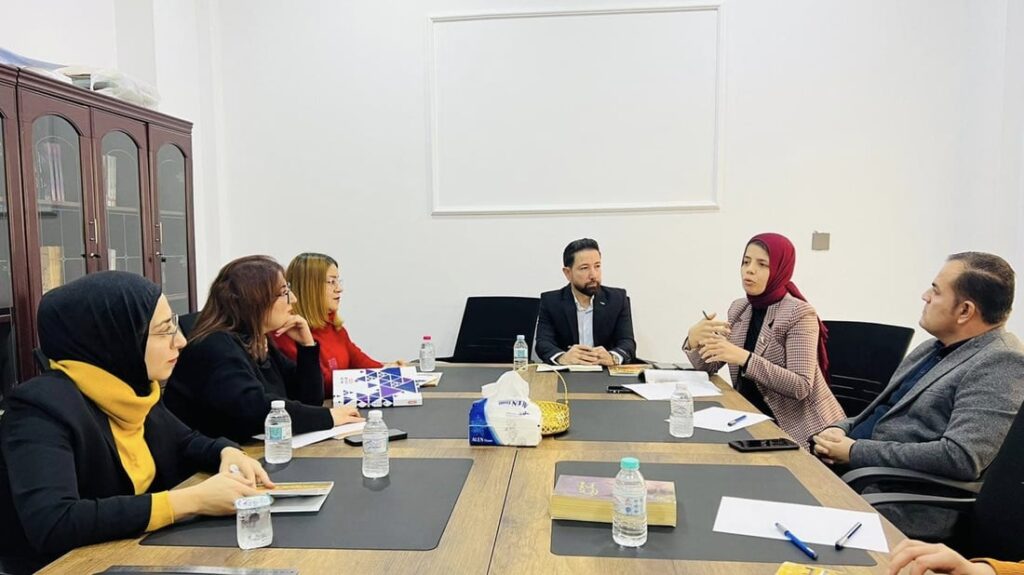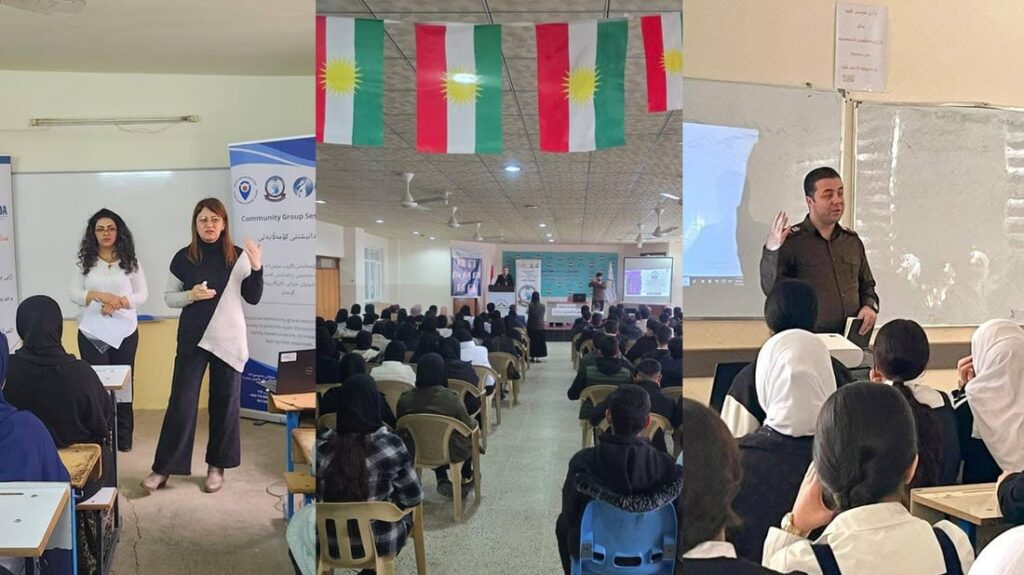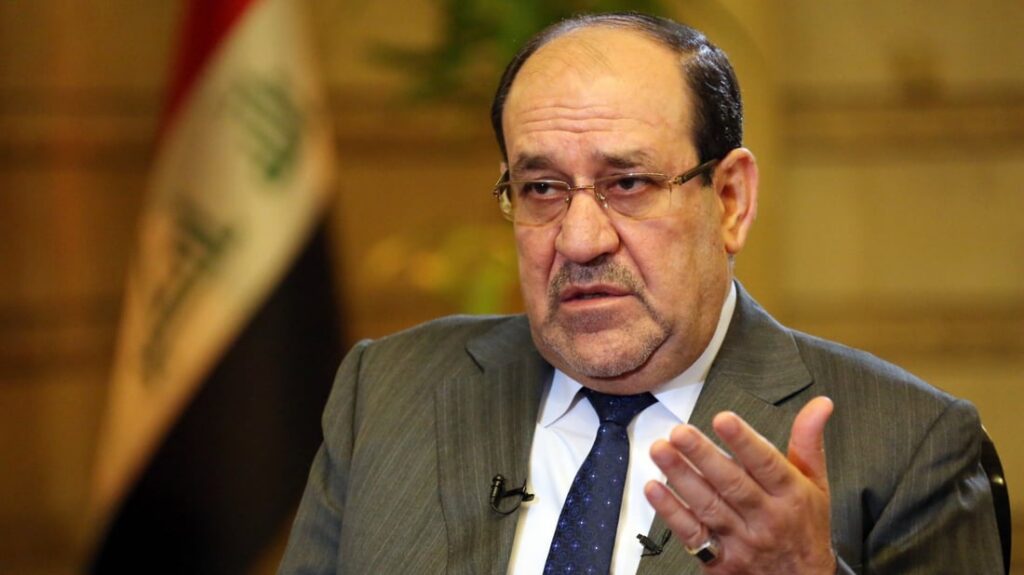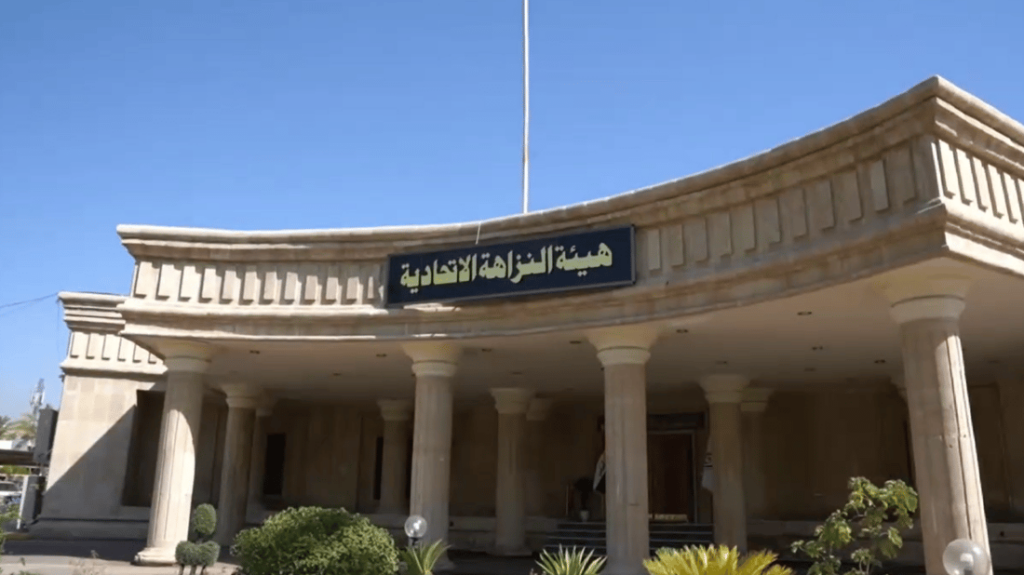Iraq: Widespread Protests Point to Iraq’s Cycle of Social Crisis
Maria Fantappie
A surge in street protests in Iraq has left some 110 people dead and exposed a rift between the government and a population frustrated by poor governance, inadequate services and miserable living conditions. To avert further violence, the authorities and protesters should open dialogue channels.
Street protests have engulfed Baghdad and southern cities such as Nasiriya and Diwaniya since 1 October, causing a staggering death toll of at least 110 victims in seven days. This deadliest outburst of violence from popular protests since the 2003 U.S. invasion has shaken the foundations of the already fragile government led by Prime Minister Adel Abdul Mahdi.
The prime minister is on thin ice. In the aftermath of the May 2018 elections, a drawnout tug of war over government formation produced broadly acceptable but politically weak office holders. Neither the prime minister nor any of his cabinet members belong to the main parliamentary blocs (al-Fatah, a Shiite Islamist coalition with links to paramilitary groups and Iran, and Sairoun, an alliance between followers of populist Shiite cleric Moqtada Sadr and the Communist Party). None enjoys significant support within his or her own party.
Furthermore, Washington’s “maximum pressure” campaign on Iran and Tehran’s response are putting a severe strain on this government, a partner to both. Already squeezed by Iran and the U.S., the prime minister now also faces pressure from parliament and the street for not delivering the reforms that a significant part of the population has been demanding for some time.
In order to break out of this dangerous dynamic, Iraq’s government and protesters need a framework for negotiating reforms and a common vision for the country’s future.
Viral Anger Fuels a Protest Wave
Street protests have erupted on a regular basis since 2015, in most cases motivated by manifest failures of governance, lack of services and miserable living conditions. This time around, what helped the protests gain strength was Prime Minister Abdul Mahdi’s decision at the end of September to demote a popular senior commander of the war with ISIS, General AbdulWahab al-Saadi of the Counter-Terrorism Service (CTS), who had become a national icon for his heroism and integrity. Anger greeted the decision on social media, with many interpreting it as yet another expression of the prime minister’s feebleness in standing up to corruption in the security forces. The CTS is in competition with al-Hashd al-Shaabi, an array of paramilitary groups, the most powerful of which are linked to Iran. Those critical of Iran’s role in Iraq additionally saw the prime minister as giving in to the Hashd by demoting the general.
The affair quickly blossomed into something broader. As anger over the prime minister’s decision went viral online, social media influencers, largely Facebook users, encouraged people to join protests. On 1 October, protesters gathered in Baghdad’s Tahrir Square and in cities across the south, and security forces opened fire to disperse them. The next day, security agencies banned access to social media. The heavy-handed response caused the first casualties, adding to popular fury. On 3 October, early in the morning, the authorities imposed a curfew in Baghdad and southern cities, blocked access to major street intersections and government buildings, and shut down the internet.
Fear of repression acted as a disincentive in some areas, including in Basra, which had been a protest hub during previous rounds.
Tensions increased further over the weekend of 4-5 October. Protesters torched the offices of leading Shiite Islamist parties in Nasiriya (including Daawa, Hikma and Asaeb Ahl al-Haq) and paramilitary groups, and masked men in civilian clothing attacked media outlets in Baghdad. The number of victims grew quickly, mostly on the protesters’ side but also among the security forces.





